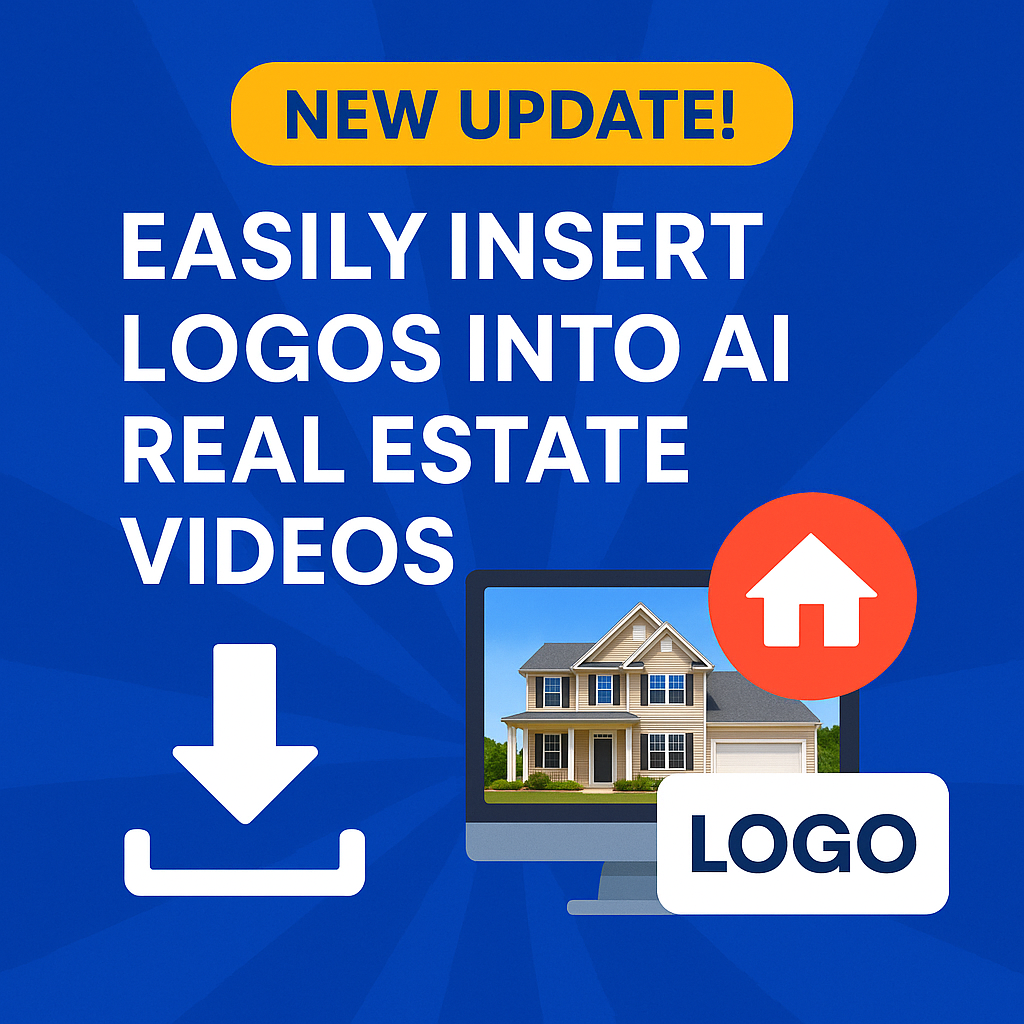Pictastic AI vs. Traditional Home Staging: Which One Wins?
Selling your home? You want it to look its best to attract potential buyers. Home staging has always been a key strategy, but now, there's a new player in the game—Pictastic AI. This virtual staging tool uses advanced AI to digitally furnish and decorate spaces, offering an alternative to traditional home staging, where a professional physically sets up a home with furniture and decor.
Which method is better? Let’s break it down and compare the two to help you decide.
Key Takeaways
- Pictastic AI offers a digital approach to home staging, while traditional staging involves a physical setup.
- Virtual staging is generally more cost-effective, whereas traditional staging provides a tangible, immersive experience.
- Speed is a major advantage of Pictastic AI, while traditional staging can offer a personalized touch.
- Some buyers appreciate tech-driven staging, but others prefer seeing real furniture in a home.
- The best choice depends on your budget, timeline, and buyer preferences.
Understanding Pictastic AI and Traditional Home Staging
What is Pictastic AI?
Pictastic AI is like having a digital interior designer at your fingertips. It allows homeowners and real estate professionals to upload photos of empty rooms, and the AI furnishes them virtually, creating realistic images of fully staged spaces. This technology helps potential buyers visualize a home’s potential without the need for physical decor.
Why use it?
- Quick setup with just a few uploaded photos.
- Customizable design styles to match different buyer preferences.
- No need for furniture rentals, reducing costs and logistics.
How Traditional Home Staging Works
Traditional home staging involves physically furnishing and decorating a property to showcase its best features. A professional stager selects furniture, artwork, and accessories, arranging them to make the space feel welcoming and aspirational.
Pros:
- Real furniture helps buyers connect emotionally with the home.
- Tangible experience gives a sense of scale and functionality.
- Can boost perceived home value, potentially leading to higher offers.
Cons:
- Time-consuming and requires logistical planning.
- Higher costs due to furniture rentals and labor.
- Limited flexibility for last-minute changes.
Cost Comparison: Virtual vs. Physical Staging
The Price of Pictastic AI
One of the biggest advantages of Pictastic AI is affordability. Virtual staging is often a one-time fee per project, which makes budgeting simple. There’s no need to rent furniture, hire movers, or pay for storage, making it a cost-effective option for sellers looking to save money.
Traditional Staging Expenses
The cost of traditional staging varies depending on factors like the home’s size and location. Typical expenses include:
- Initial consultation: $200 - $500
- Furniture rental: $500 - $2,000 per month
- Storage fees: $100 - $300 per month
For long-term listings, these costs can add up quickly.
Which Offers Better Value?
Pictastic AI is a clear winner for those looking for a budget-friendly option. However, traditional staging might provide a higher return on investment if it leads to a quicker sale or higher offers.
Speed & Convenience: Which Saves More Time?
The Efficiency of Pictastic AI
Virtual staging can be done in minutes. Simply upload photos, and the AI generates a professionally staged version of the room. This means:
- No waiting for furniture deliveries.
- No heavy lifting or setup required.
- Instant edits and multiple design variations available.
The Time Commitment of Traditional Staging
Physical staging is a more involved process. It requires:
- A consultation and planning session.
- Coordinating furniture rentals and decor selection.
- Delivery, arrangement, and eventual removal.
This can take days or even weeks, delaying a home’s listing.
Finding the Right Balance
If you need a fast solution, Pictastic AI is the way to go. If you have time to spare and want a hands-on approach, traditional staging could still be a viable option.
Buyer Preferences: Virtual Staging vs. Physical Staging
How Buyers React to Pictastic AI
Digital staging is becoming more widely accepted in the real estate market. Many buyers appreciate seeing different furnishing styles and potential layouts before visiting a property. Since online listings are the first impression, high-quality virtual staging can generate more interest.
The Emotional Appeal of Traditional Staging
Despite technological advancements, some buyers still prefer the feel of a physically staged home. Seeing and experiencing real furniture can create an emotional connection that virtual staging lacks.
The Verdict? A Mix of Both Works Best
Some sellers use Pictastic AI for online marketing and traditional staging for in-person showings. This hybrid approach can maximize both efficiency and buyer appeal.
Environmental Impact: Which is More Sustainable?
The Eco-Friendly Edge of Pictastic AI
Virtual staging has a much smaller carbon footprint compared to traditional staging. Since it eliminates the need for furniture transportation, manufacturing, and waste, it’s a greener alternative for environmentally conscious sellers.
The Sustainability Challenge in Traditional Staging
Traditional staging involves:
- Furniture transportation, leading to fuel consumption.
- Material waste from damaged or discarded decor.
- Higher energy use from storage and showroom spaces.
While some stagers now use sustainable materials, Pictastic AI remains the more eco-friendly choice.
Conclusion: Which Staging Method is Right for You?
If you’re looking for speed, affordability, and sustainability, Pictastic AI is the clear winner. It’s a powerful tool for sellers who need a quick and cost-effective way to enhance their listings.
However, if you believe in the power of a physical, immersive experience, traditional staging may be worth the investment—especially for high-end homes where every detail counts.
In some cases, a hybrid approach may be the best solution: using Pictastic AI to attract online buyers and traditional staging for final showings. Whatever you choose, staging—virtual or physical—remains a crucial step in making your home irresistible to buyers.
FAQs
What is Pictastic AI?
Pictastic AI is an AI-powered tool that virtually stages homes, allowing sellers to showcase furnished interiors without physical decor.
Is virtual staging better than traditional staging?
It depends on your needs. Virtual staging is faster and cheaper, while traditional staging offers a more immersive experience for in-person buyers.
Does virtual staging increase home value?
While it doesn’t physically change the home, it can attract more buyers, leading to faster sales and potentially higher offers.
Can I use both virtual and traditional staging?
Absolutely! Many sellers use Pictastic AI for online listings and traditional staging for showings.














.png)



.png)
.png)




.png)

.png)





